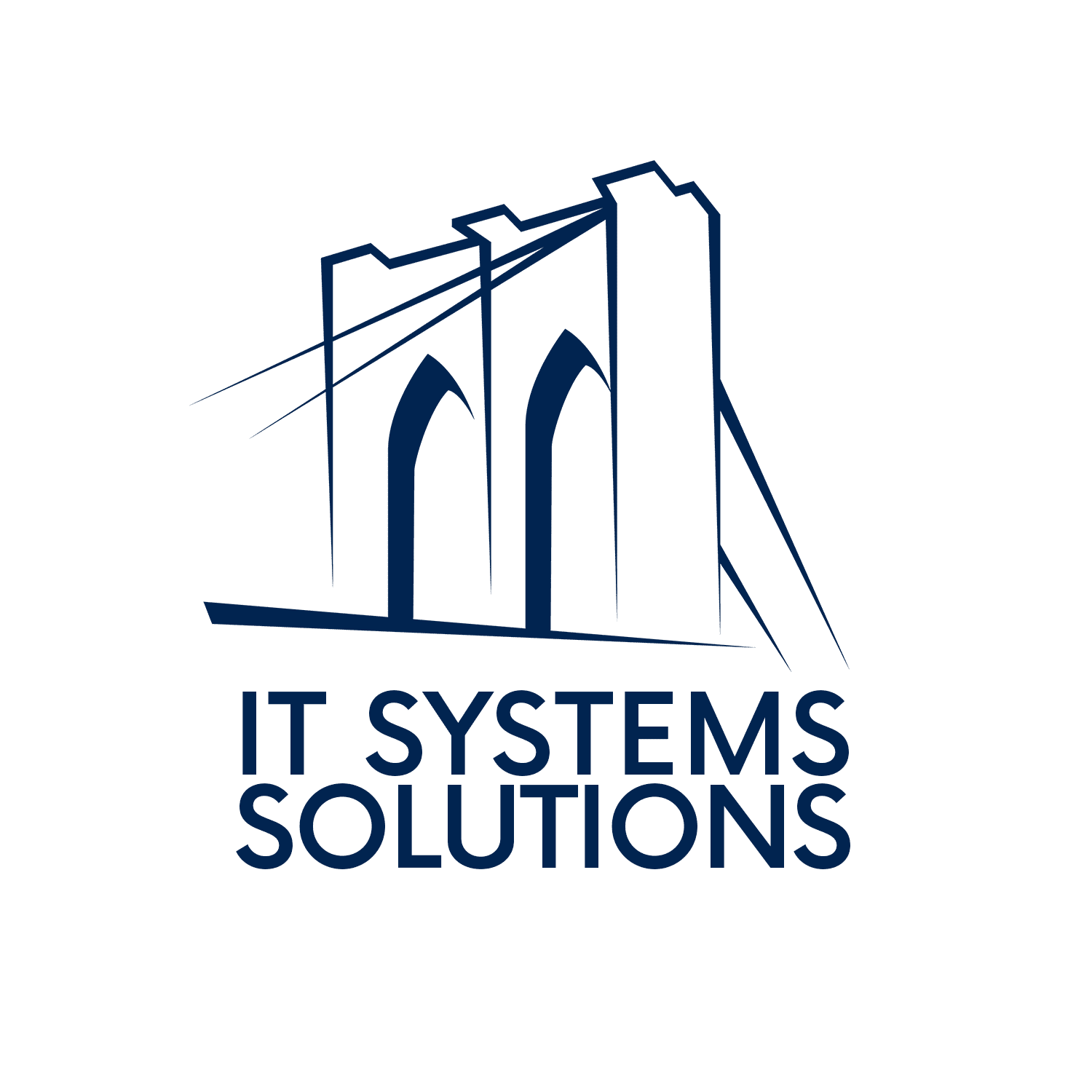Businesses face a persistent and pervasive threat: phishing attacks. Phishing, the fraudulent attempt to obtain sensitive information such as usernames, passwords, and credit card details, poses a significant risk to organizations of all sizes. With cybercriminals becoming increasingly sophisticated, it’s imperative for businesses to fortify their defenses against these insidious threats. In this blog post, we’ll explore practical strategies that businesses can implement to help prevent phishing attacks and safeguard their valuable data.
Employee Education and Training
One of the most effective ways to combat phishing attacks is through comprehensive employee education and training programs. Employees are often the first line of defense against phishing attempts, and by equipping them with the knowledge and skills to identify and report suspicious emails, businesses can significantly reduce their vulnerability to such attacks. Training should cover common phishing techniques, red flags to watch out for, and best practices for securely handling emails and sensitive information.
Implement Robust Email Security Measures
Email remains one of the primary vectors for phishing attacks, making it essential for businesses to implement robust email security measures. This includes deploying spam filters, email authentication protocols such as SPF, DKIM, and DMARC, and employing advanced threat detection technologies capable of identifying and blocking phishing emails in real-time. Additionally, consider implementing multi-factor authentication (MFA) for email accounts to add an extra layer of security.
Regular Security Assessments and Testing
Regular security assessments and testing are essential for identifying vulnerabilities in your organization’s defenses and addressing them proactively. Conduct simulated phishing exercises to gauge the effectiveness of your training programs and to identify areas for improvement. Additionally, perform regular security audits and penetration testing to identify weaknesses in your systems and infrastructure before attackers can exploit them.
Keep Software and Systems Updated
Outdated software and systems can serve as entry points for attackers looking to exploit known vulnerabilities. To mitigate this risk, ensure that all software, including operating systems, web browsers, and productivity applications, are promptly patched and updated with the latest security patches and fixes. Implementing a robust patch management process can help streamline this effort and ensure that critical updates are applied in a timely manner.
Encourage a Culture of Vigilance
Phishing attacks often target employees through social engineering tactics, exploiting human psychology to manipulate them into divulging sensitive information or performing actions that compromise security. By fostering a culture of vigilance and encouraging employees to remain skeptical of unsolicited emails, messages, and requests, businesses can empower their workforce to recognize and thwart phishing attempts effectively. Encourage employees to verify the authenticity of emails and to reach out to the sender through alternate channels if they suspect foul play.
Invest in Advanced Threat Detection and Response Solutions
As phishing attacks continue to evolve in complexity and sophistication, investing in advanced threat detection and response solutions becomes increasingly important. Leveraging technologies such as machine learning, artificial intelligence, and behavior-based analytics can help businesses detect and respond to phishing attacks in real-time, minimizing the potential impact on their operations and data.
Foster Collaboration with Industry Partners
Cybersecurity is a collective effort, and businesses can benefit from collaborating with industry partners, peers, and cybersecurity experts to stay informed about emerging threats and best practices. Participate in information-sharing initiatives, join industry-specific cybersecurity forums and communities, and leverage the expertise of cybersecurity professionals to enhance your organization’s defenses against phishing attacks.
In conclusion, phishing attacks pose a significant threat to businesses of all sizes, but with the right strategies and proactive measures in place, organizations can significantly reduce their susceptibility to such threats. By prioritizing employee education and training, implementing robust email security measures, conducting regular security assessments, keeping software and systems updated, fostering a culture of vigilance, investing in advanced threat detection solutions, and collaborating with industry partners, businesses can strengthen their defenses and protect their valuable data from phishing attacks. Remember, when it comes to cybersecurity, vigilance is key. Stay informed, stay proactive, and stay secure.
